
Bichon Havanese
Related to the Maltese Bichon, these small dogs are characterized by their cheerful, playful, and often mischievous personality. They are highly sociable, love people, and are always ready to play, take walks, and learn.
The Spanish Silky Poodle
History of the Bichon Havanese Breed
The Bichon Havanese, also known as the Havana Silk Dog or the Spanish Silky Poodle, is the only breed native to Cuba.
This breed, with over 200 years of history, is believed to have originated from dogs brought from Spain or Italy several centuries ago, later bred and mixed with others to create this breed.
The breed became better known after the Cuban Revolution, when many people left the island and fled primarily to the United States, taking their dogs with them.
Through the efforts of these emigrants and by maintaining the same standards as on the island, the breed has been preserved and is now internationally recognized, including by the American Kennel Club (AKC), where it became the 142nd recognized breed and has been competing in beauty shows for years.
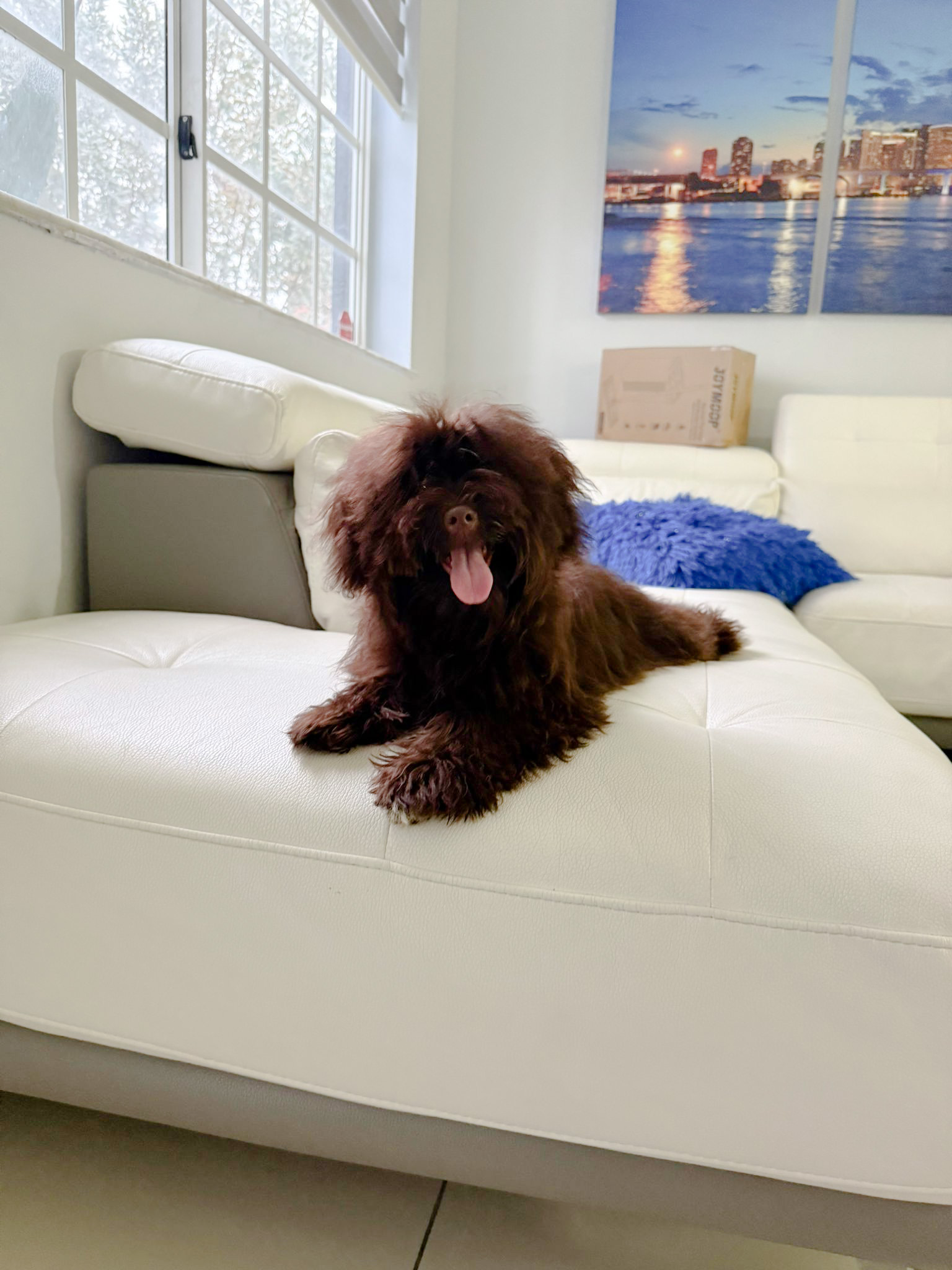
Distinctive Physical Characteristics of Bichons
- They have a curled tail carried over their back, long silky fur in various colors (the most common being white with beige or black, the latter being the rarest and most special).
- Unlike their cousin, the Maltese Bichon, their coat can be solid-colored in shades of brown, black, or beige. They can also be merle or tricolor.
- They usually have large expressive brown eyes, though green eyes are also found, and in rarer cases, blue eyes.
- Due to their temperament, they are dogs that adapt to all kinds of situations. They are great with children and other dogs in a family setting. They are very sociable and love to play, and they are surprisingly good watchdogs since they take the job seriously, especially when it involves protecting their family.
- They typically live an average of 12 to 16 years as long as they are properly cared for, given regular exercise, and provided with a good diet.
- Their height at the withers ranges between 20 to 30 cm, and their weight is between 3.5 kg and 6 kg for the larger ones.
Types of Bichon
Colors Within the Breed
The most common colors are white and beige, creating a soft and luminous appearance, or black, which stands out for its elegant contrast.
Additionally, the Bichon Havanese can display chocolate tones, tricolor patterns (combinations of white, black, and beige), or even merle patterns.
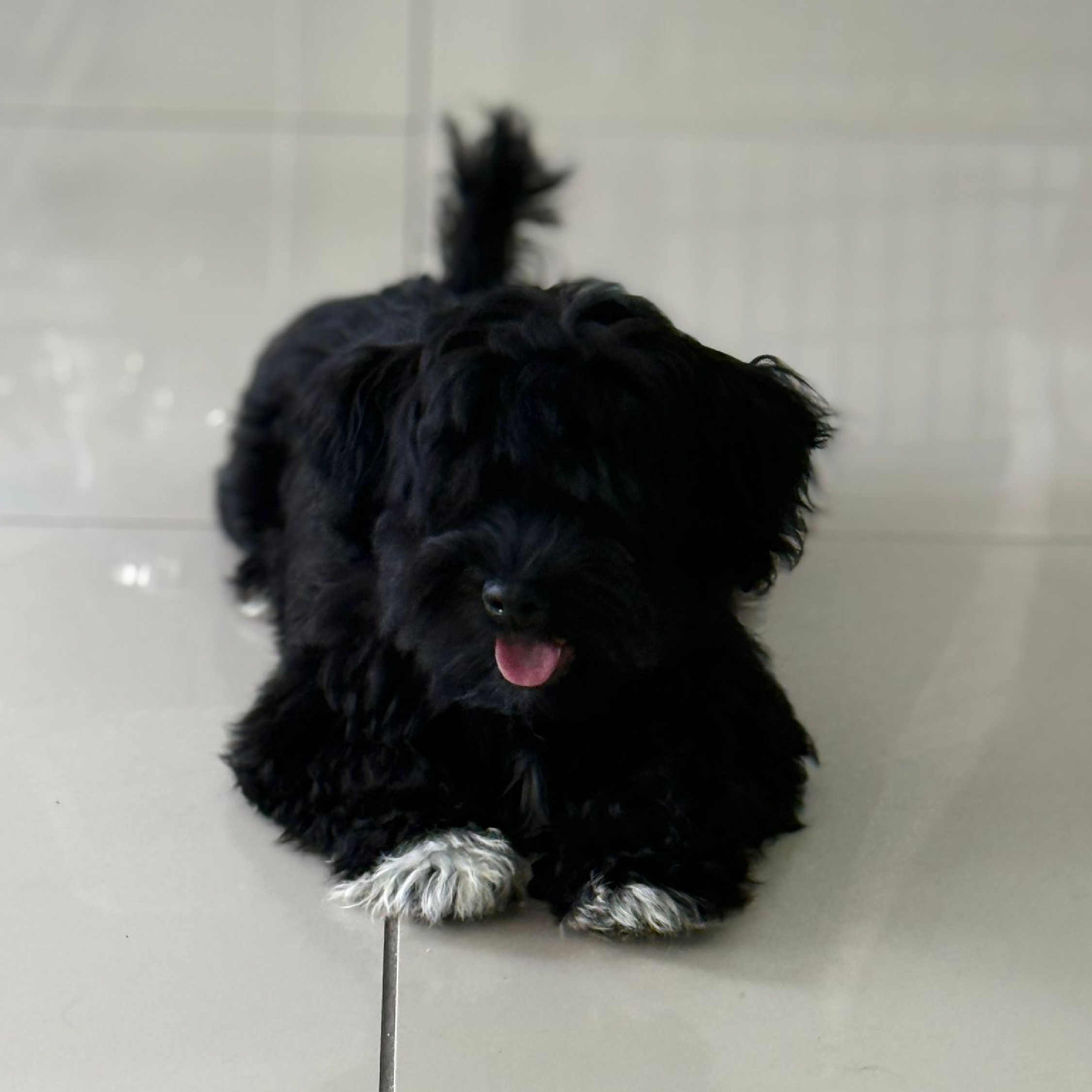
Black Bichon
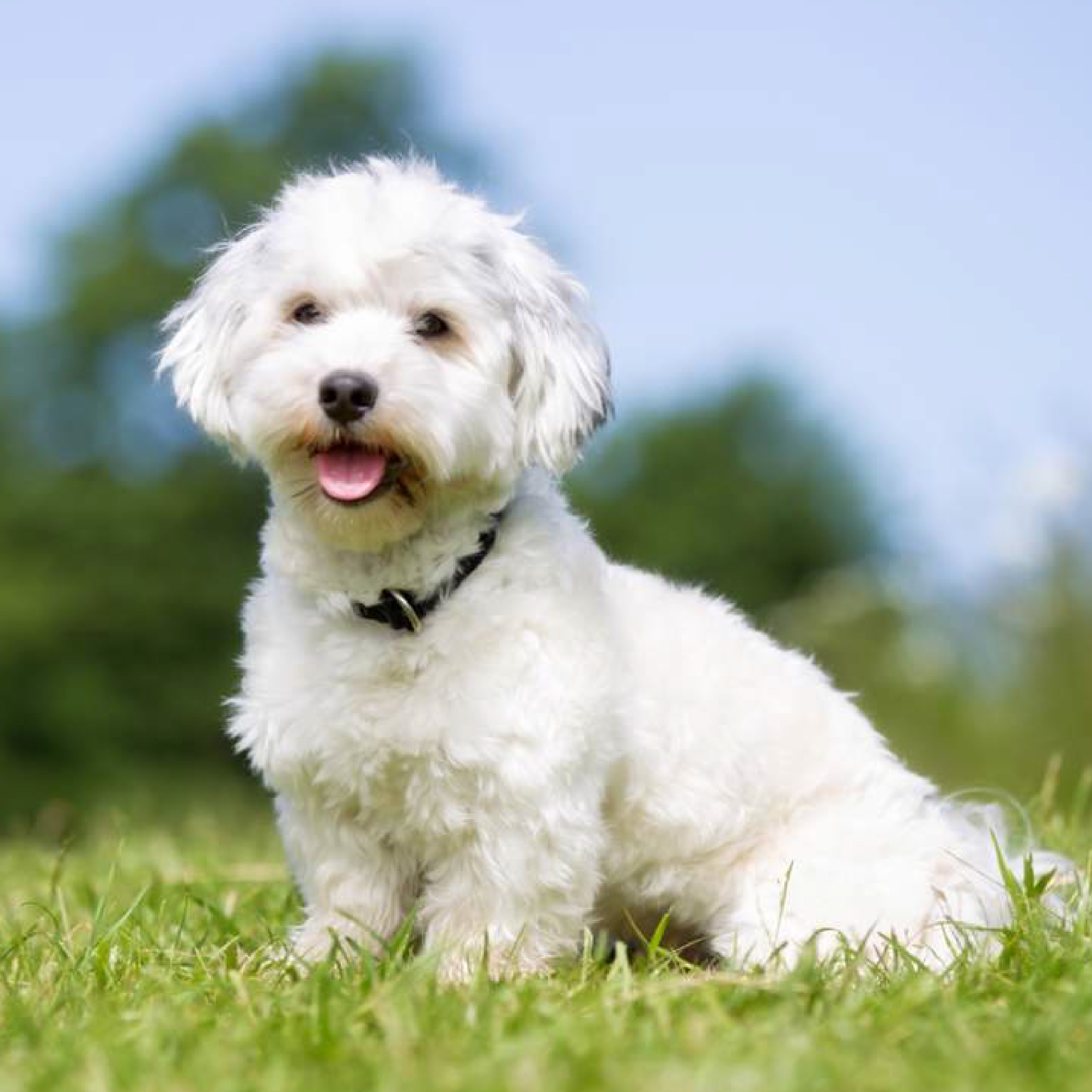
White Bichon
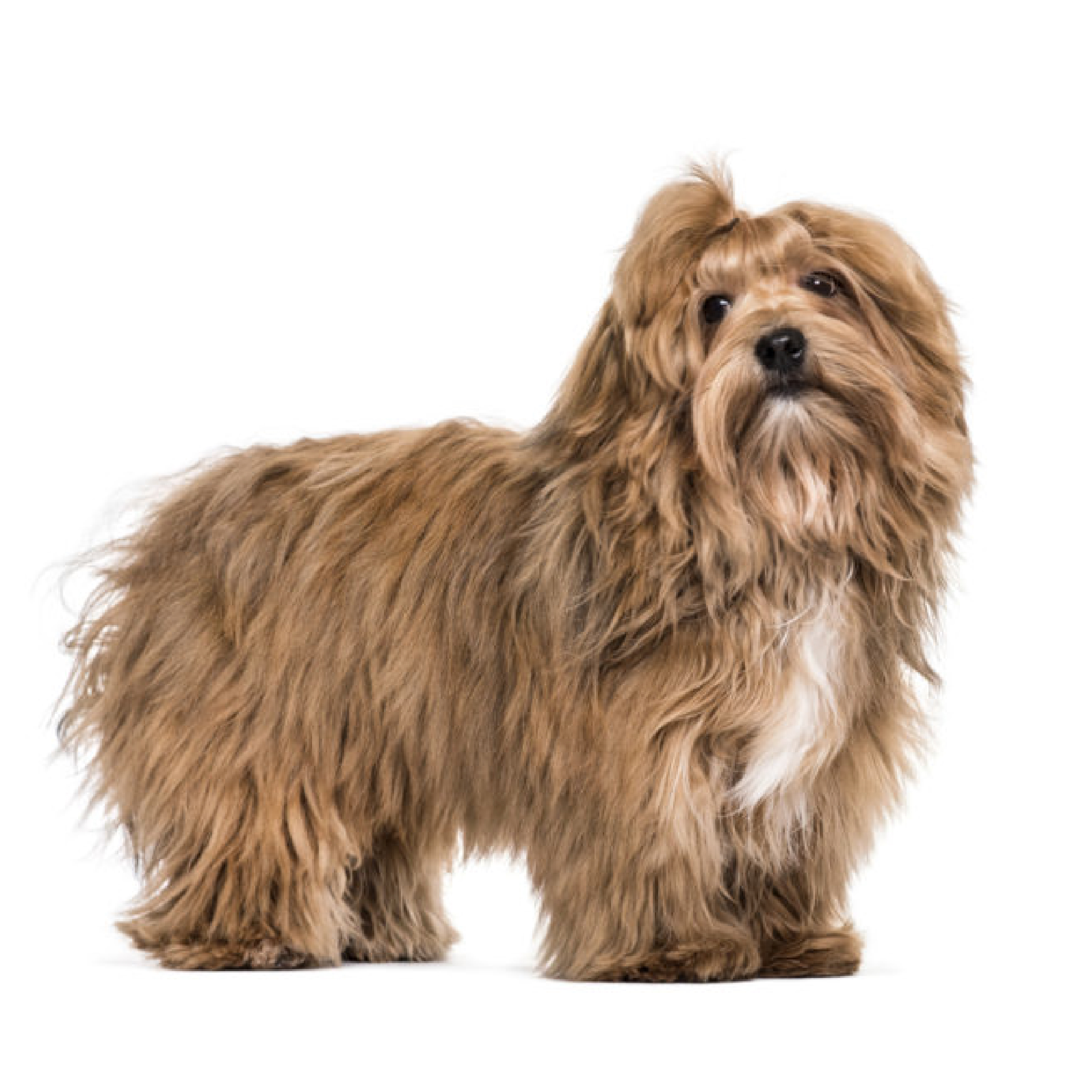
Beige Bichon
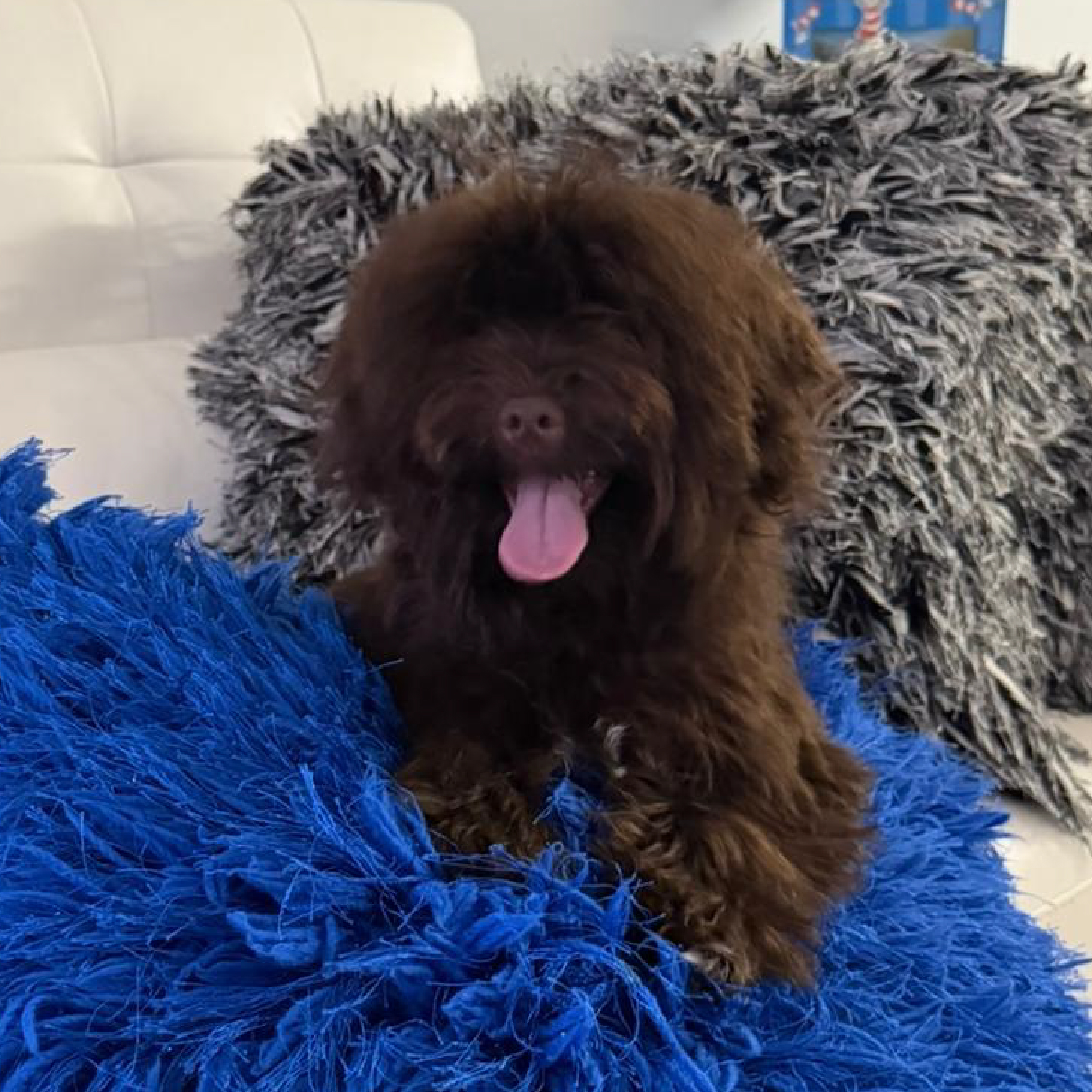
Chocolate Bichon
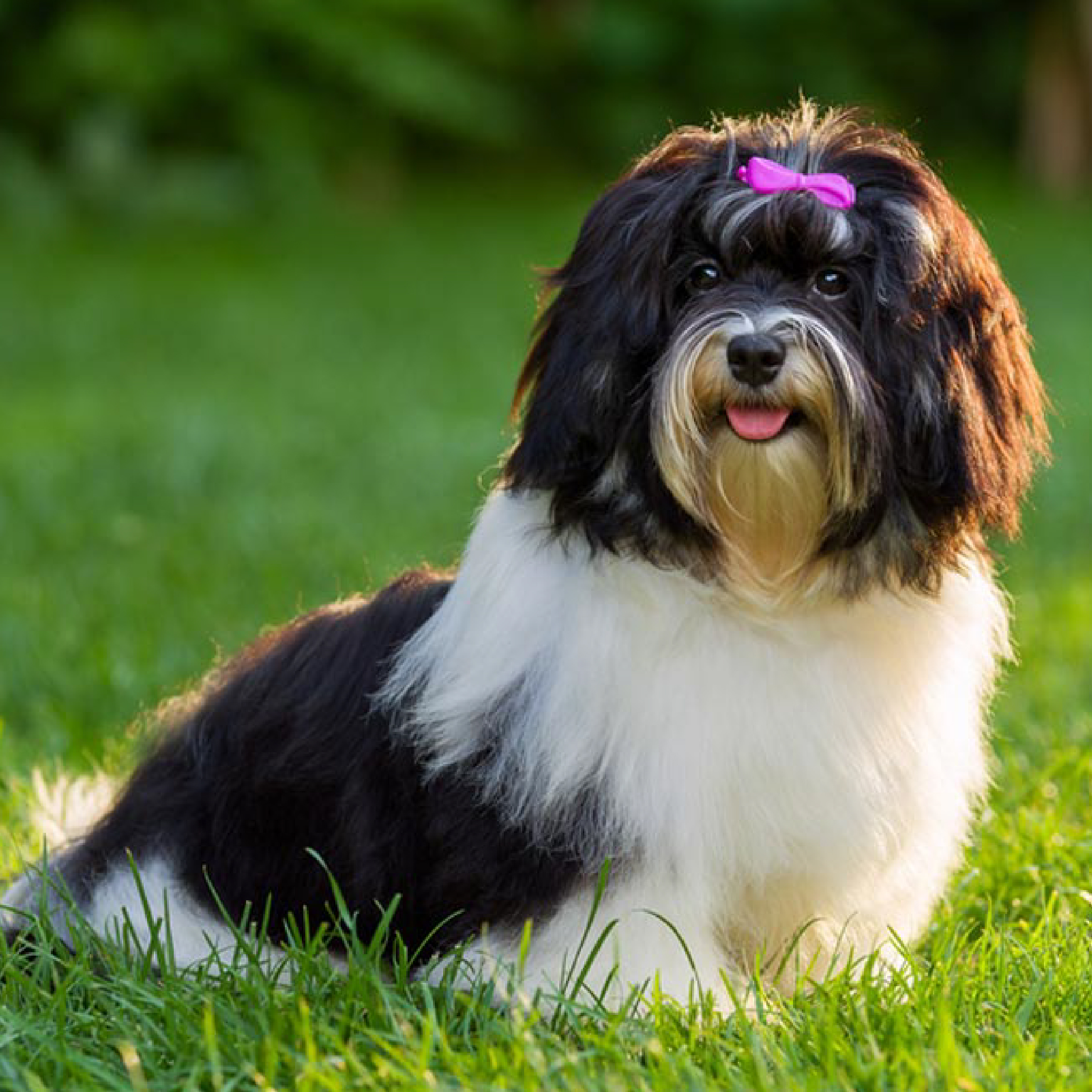
Black and White Bichon
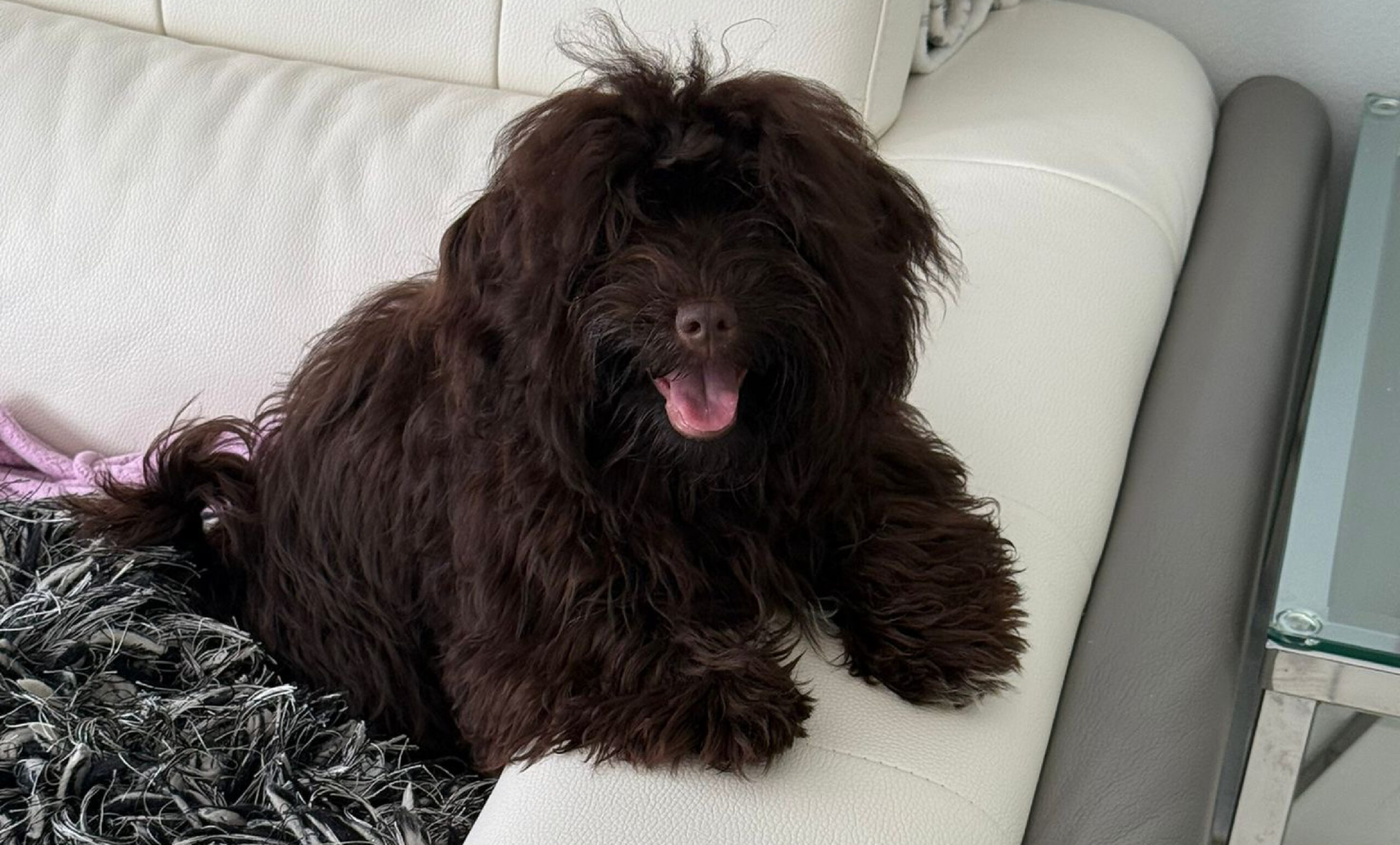
The Coat of the Bichon Havanese
They require professional grooming, as their coat can become damaged without proper care. Their coat can be kept in a puppy cut or left long, which is the usual style because they have a spectacular, very silky coat.
It’s important to understand that, like with other breeds, their coat functions as a heat/cold protection system, acting as a thermostat for them and protecting them from extreme temperatures. Therefore, before shaving them, thinking it’s a favor, consider leaving their coat short but never shaving them completely. This is because shaving removes the dog’s ability to regulate its body temperature, which can be dangerous.
